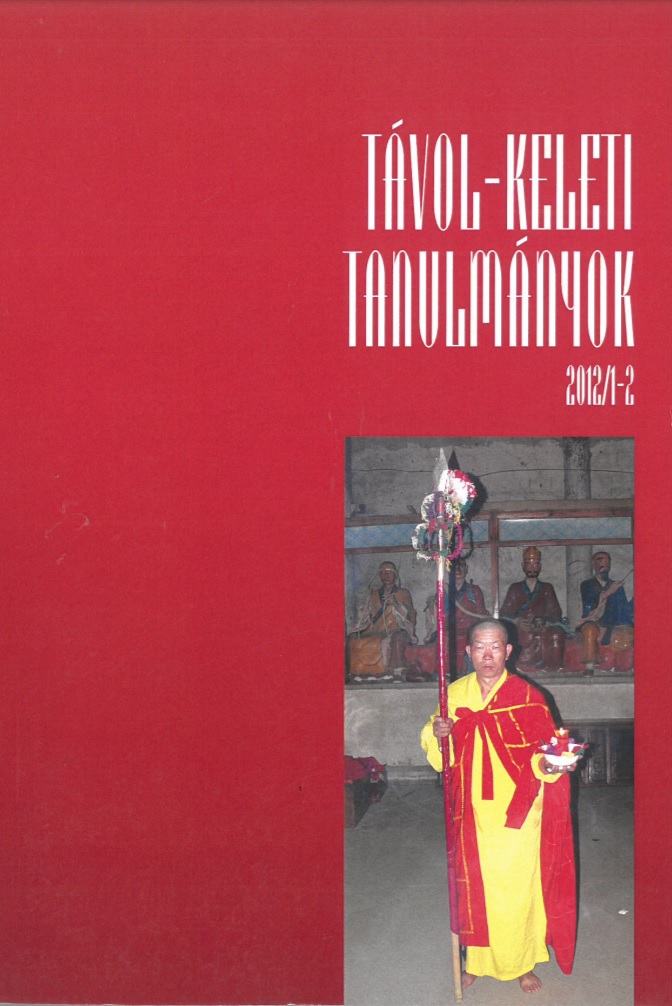Published 2014-09-03
How to Cite
Copyright (c) 2014 the author(s)

This work is licensed under a Creative Commons Attribution-NonCommercial 4.0 International License.
Abstract
Strategy (heihō 兵法) was a branch of the military arts, generally called bugei 武芸 or bujutsu 武術, which served as the basis of the education of the samurai. These arts gained new meaning in the pre-modern era (1603–1867), when their main task was to maintain the identity of the samurai, seeking its place in the new, peaceful world by keeping alive the memories of the warring past. There is a remarkable book providing a reliable and general picture of the world of the martial arts of the age: Hinatsu Shigetaka’s 日夏繁高 Honchō bugei shōden 本朝武芸小傳, published in 1716. The significance of this book is so great that all books written on the subject up to the the 20th century simply digested or reorganized this particular text. The first chapter of this important book discussed strategy; the purpose of this study is to introduce the author, his book and the contemporary state of the art of strategy, as well as providing a full translation of this first chapter.
